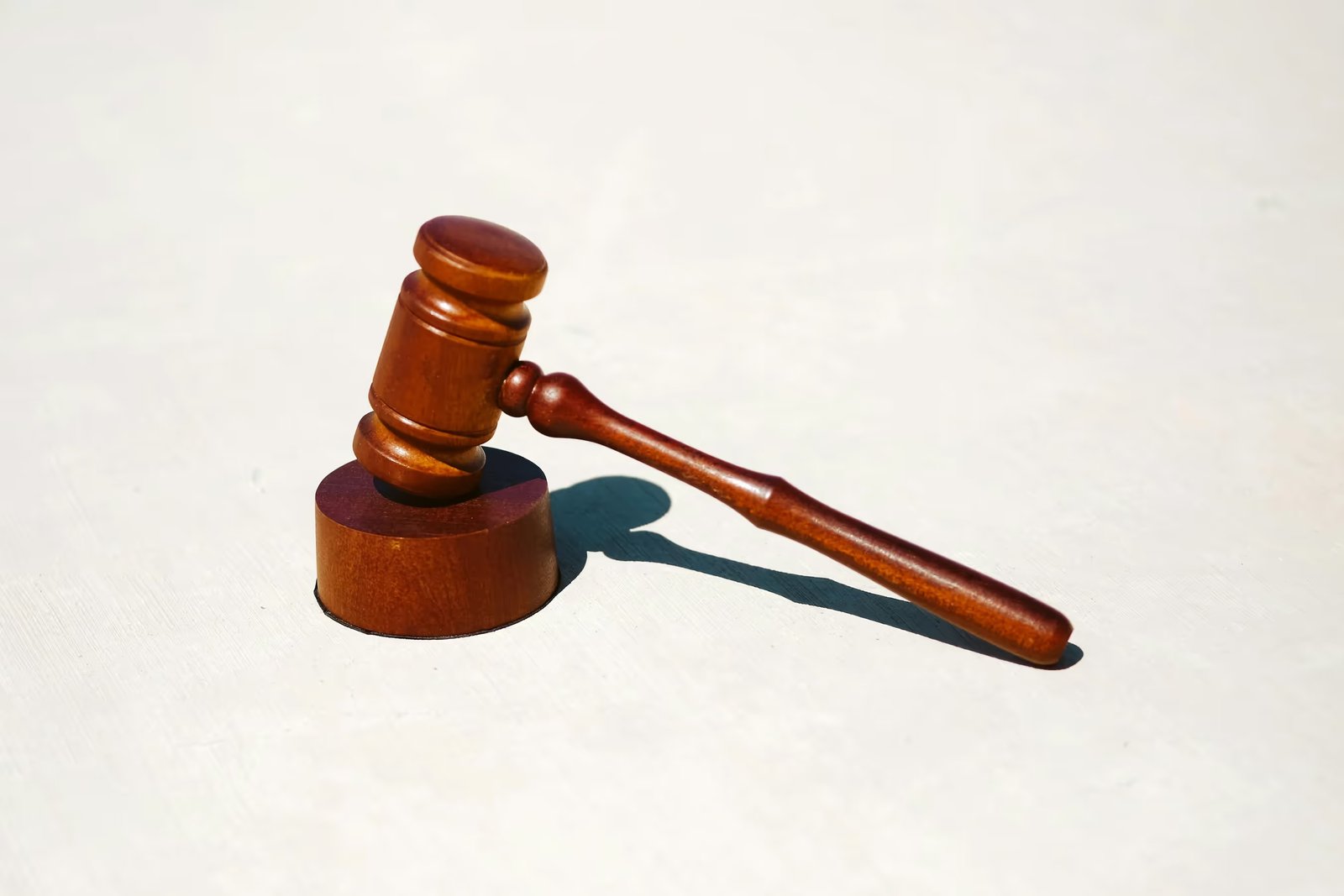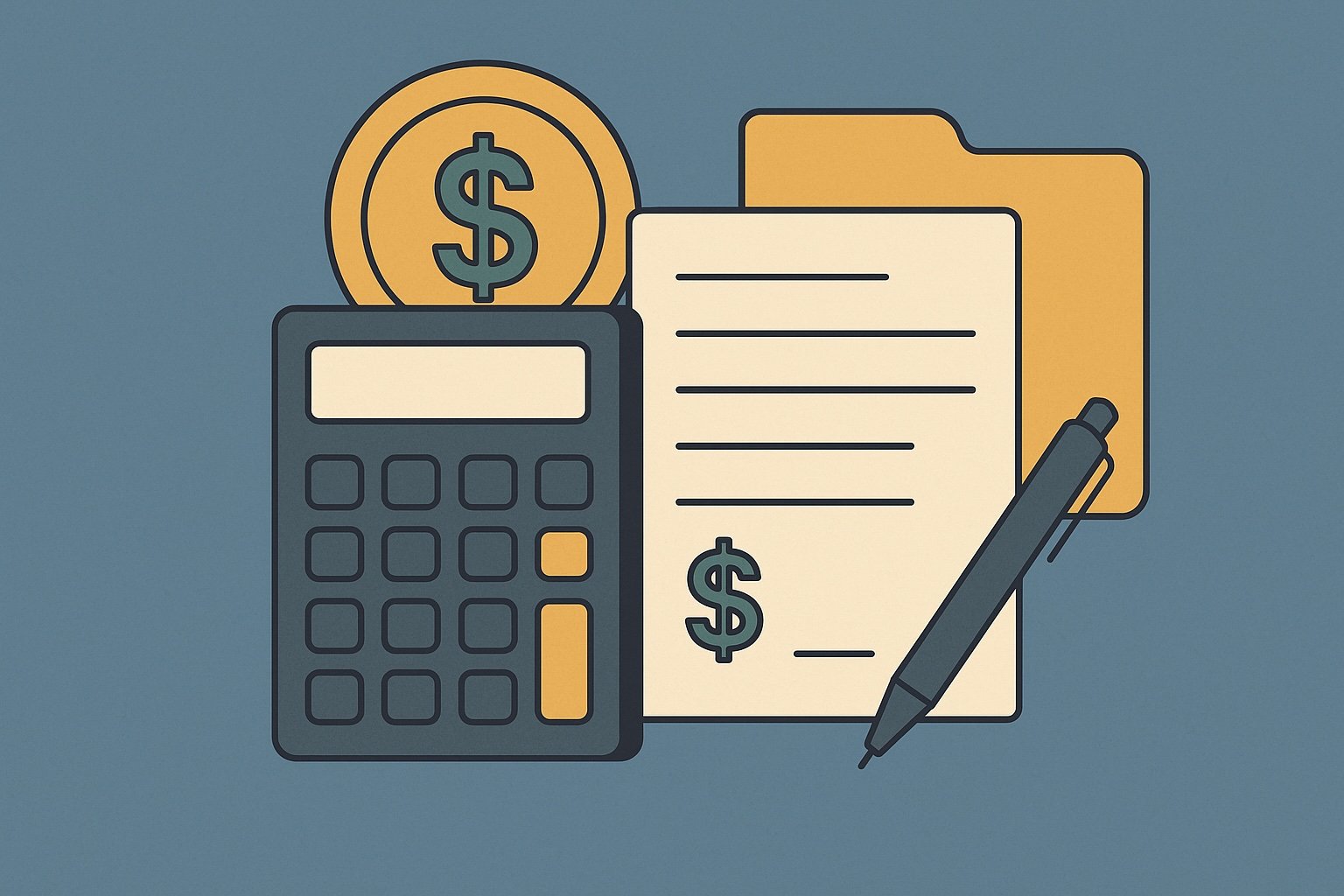Question
ARTE's Answer
When engaging in a 1031 exchange, identifying the replacement property is a crucial step to ensure compliance with IRS regulations and to successfully defer capital gains taxes. Here’s a detailed explanation of how you can identify replacement property in a 1031 exchange, along with an example to illustrate the process.
Identification Requirements:
- 45-Day Identification Period: You must identify the replacement property within 45 days of transferring the relinquished property. This period is known as the identification period. The countdown begins the day after you transfer the relinquished property.
- Written Identification: The identification must be in writing. You need to clearly describe the replacement property in a signed written document. For real property, this typically involves using the legal description or street address.
- Delivery of Identification: The written identification must be delivered to a person involved in the exchange other than yourself or a disqualified person. This could be the qualified intermediary, such as us at Deferred.com, or another party involved in the transaction.
- Multiple Properties: You can identify more than one replacement property. However, there are specific rules regarding the number of properties you can identify:
- Three-Property Rule: You can identify up to three properties regardless of their total value.
- 200% Rule: Alternatively, you can identify any number of properties as long as their combined fair market value does not exceed 200% of the fair market value of the relinquished property.
- Revocation: You can revoke an identification at any time before the end of the 45-day period by providing a written notice of revocation.
Example:
Let’s say you sold a commercial property for $500,000 and are looking to defer the capital gains tax by engaging in a 1031 exchange. You have 45 days to identify potential replacement properties. Here’s how you might proceed:
- Day 1: You sell your commercial property and the 45-day identification period begins.
- Day 20: You identify three potential replacement properties:
- A retail space valued at $450,000.
- An office building valued at $475,000.
- A warehouse valued at $500,000.
- Day 45: You decide to proceed with the purchase of the office building. You notify us of your decision, and we facilitate the acquisition using the proceeds from the sale of your relinquished property.
By following these steps and utilizing our services at Deferred.com, you can successfully identify and acquire replacement property in a 1031 exchange, deferring your capital gains tax liability. If you have any further questions or need assistance with your exchange, feel free to reach out to us.
Have more questions? Call us at 866-442-1031 or send an email to support@deferred.com to talk with an exchange officer at Deferred.
Sources
1031 Question? Ask ARTE
Deferred's AI 1031 Research Assistant is trained on 8,000+ pages of US tax law and outperforms human CPAs by 22%+
CHAT NOW
Learn More
See more frequently asked questions about 1031 exchanges








